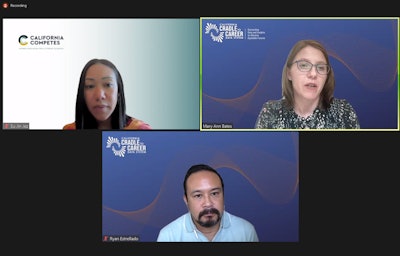The importance of accounting for an intended audience when designing a system is but one of the lessons panelists shared during a webinar hosted by California Competes Monday.

User-Centered Design (UCD), a product design approach that centers on researching intended users, getting feedback from them, and iterating on the product, was central to how the higher ed nonprofit developed its California Postsecondary to Prosperity Dashboard, an education statistics resource for the state.
Now, the organization has released a brief about that experience and how the state of California can learn from it to continue integrating UCD into its own upcoming California Cradle-to-Career Data System (C2C).
A result of enacting the California Cradle-to-Career Data System Act in 2019, the C2C is meant to be a statewide education data system that brings together information on education, social services, and workforce matters into one cohesive product, said Dr. Su Jin Jez, CEO of California Competes.
The panelists discussed C2C’s goals and how it employed UCD in its development.
"California has a number of regions, cities, areas, that hold an enormous amount of wealth and opportunity. But that's not the reality for other parts of our state,” Jez said. “We're at once one of the world's largest economies and also have the highest poverty rate in the nation. Data enables us to peel back the layers, get on a granular level on how our systems are and are not yet equitably serving all of our residents and communities."




















